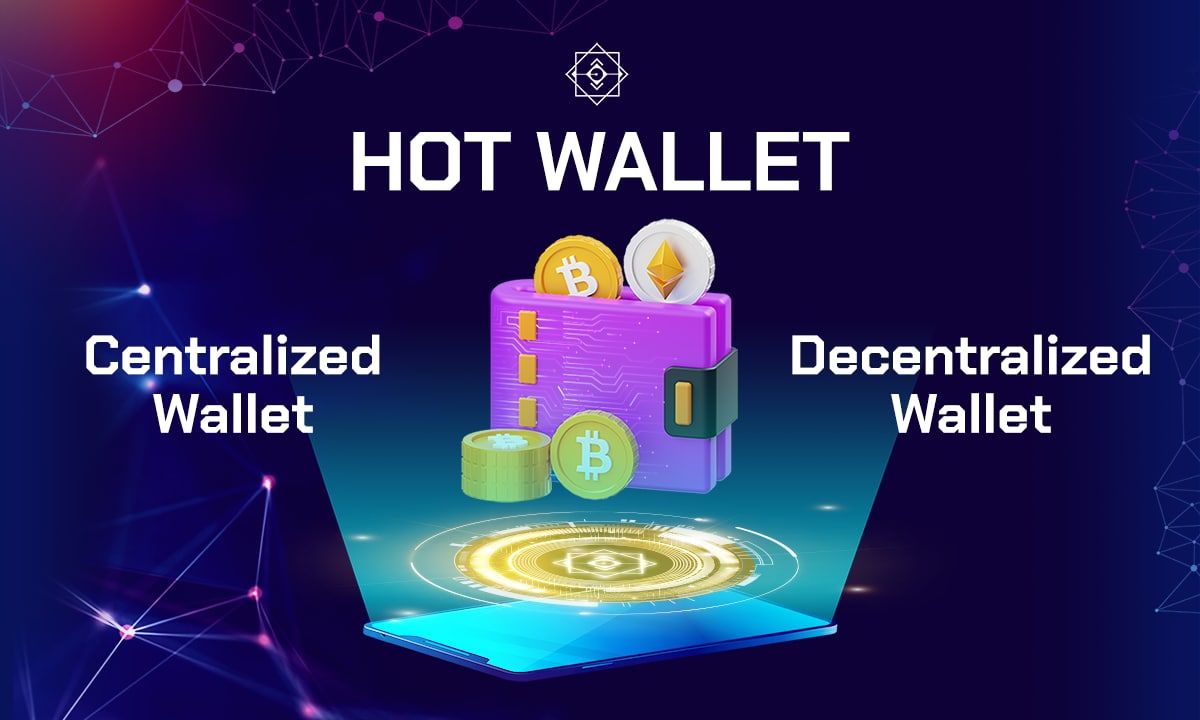- Blog
- Crypto News
- CUSTODIAL AND NON-CUSTODIAL EXCHANGES - PROS AND CONS
CUSTODIAL AND NON-CUSTODIAL EXCHANGES - PROS AND CONS
When FTX suddenly collapsed and users across the globe realized that they could not withdraw their funds, bankruptcy documents revealed that FTX had as much as $50 billion in liabilities, and it was unclear what the remaining assets were. Because cryptocurrencies do not have an insurance system similar to federal deposit insurance from the FDIC to compensate for these losses, customers have to wait for the bankruptcy court to recover the rest of their assets - that is if they are still there.
The collapse of FTX is just one consequence of a problem that persists in custodial exchanges: these platforms only allow customers to trade the amount they have placed on the exchange. When clients trade on custodial exchanges and leave their assets there, they fully bear the risk that the exchange may go bankrupt. When these exchanges become insolvent, they will often slow down or completely stop withdrawals.
Unfortunately this happens all too often in the crypto space. Exchanges being hacked (Binance and Coinbase, the top two crypto exchanges by trading volume, have also been hacked), and founders like Sam Bankman-Fried may not really care about customers as shown by social media.
Another situation customers of custodial exchanges face is inefficient security mechanisms, which can happen when an important founder goes missing, taking private keys and private access to funds with him/her. That's what happened when the founder of QuadrigaCX died suddenly, leaving users unable to access their accounts (it was later learned that he had wasted customer funds, and cold wallets were almost empty).
An alternative is to use a non-custodial exchange, also known as a decentralized exchange or DEX. Typical DEX exchanges include Uniswap, SushiSwap and dYdX. These are decentralized finance (DeFi) protocols that users connect to without giving up access to their assets. Instead, investors trade directly from a decentralized wallet like MetaMask or Ledger, without having to hand over their deposit to a holding exchange.
At first glance, this sounds like a better solution. Client funds are held by the clients, preventing founders from taking control of user funds and investing in riskier assets.
However, there are also downsides. One downside is that decentralized exchanges are often much slower at least because all transactions take place on the blockchain. The other problem is that the transaction can be more expensive. Finally, due to the transparency of the blockchain, transactions are less private than on a custodial exchange.
Another thing to consider with a DEX is that you can only swap crypto to crypto within the DEX, while centralized crypto exchanges like Coinbase allow conversions between fiat and crypto currencies (e.g. US dollars and bitcoin).
A well-known tagline of non-custodial solutions is Not your key, not your money, emphasizing the importance of decentralized wallet keys. Whoever holds the key, will take control of the assets on the wallet, so the responsibility to keep the assets lies entirely with the user, which also means there will be no customer support to help you if you lose control of your wallet. However, for some people, the responsibility of actively holding private keys is an advantage of a non-custodial exchange.
In contrast, custodial exchanges, also known as centralized platforms, are very convenient (if not hacked), easy to pay (when not bankrupt) and very popular (when they still work). Moreover, they are very cheap because the transaction does not take place on the blockchain, but on the appropriate systems owned by these exchanges. Therefore, people flock to them in large numbers.
Recognizing that people prefer not having their funds stolen by suspicious exchanges, centralized ones are gradually moving towards being more secure and transparent.
Several major exchanges, notably Binance and Kraken, have chosen to publish cryptographically verified proof of reserve ratios, showing how much they have available at any given time. This allows customers to check if the exchange is on the verge of bankruptcy, or if the books look suspicious. However, many have pointed out that ignoring other obligations of an exchange like Binance – such as debts to customers and lenders – can undermine the transparency of the exchange.
Other exchanges, including Coinbase, commit to a 1-to-1 asset guarantee. Coinbase states that all customer funds are fully secured at all times and are never invested or loaned without authorization. Coinbase can do this by charging fees for withdrawals and transactions. However, there is still a risk that Coinbase customers could be treated as "unassessed creditors" in the event of bankruptcy, which means they have to wait until other investors claim their share.
In short, no solution is perfect, and danger can come from any direction. Both custodial and non-custodial exchanges can contain security holes that could threaten your funds. Therefore, some experienced investors choose a hybrid strategy, keeping parts of their assets in non-custodial wallets, and others in a centralized exchange with high liquidity, which will help reduce risks and bring high efficiency, suitable for all needs.
Published on July 17, 2023
Tagged topics







